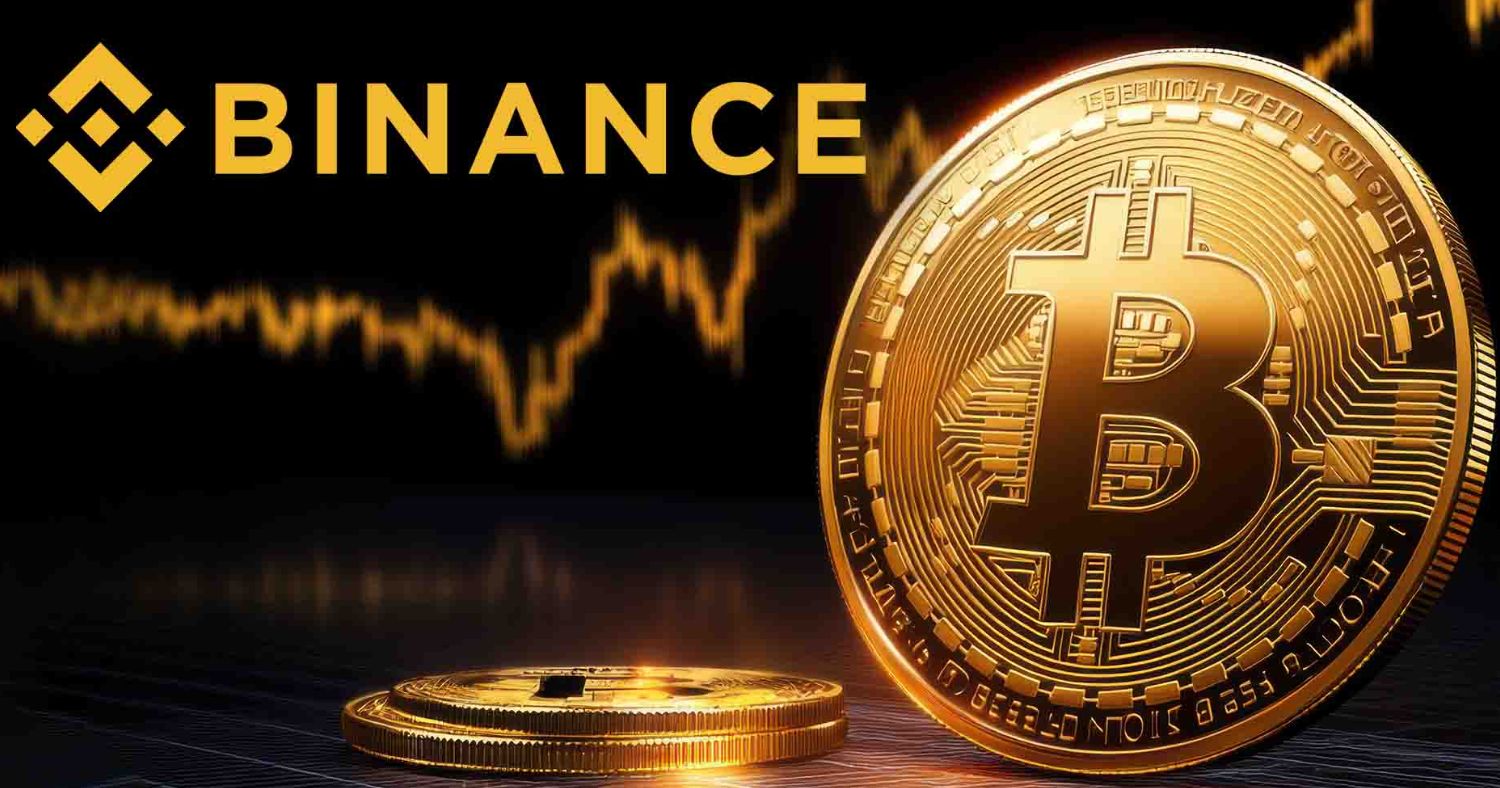Bitcoin’s spot trading volume has skyrocketed on Binance, now outpacing all other exchanges combined and marking a tenfold lead over Coinbase. This surge in activity might seem like a bullish sign, but a closer look at the broader market data suggests traders should remain cautious.
Binance Dominates, But What Does It Mean?
Binance’s spot market dominance reflects a concentration of trading activity, with its volume now more than ten times that of its nearest competitor. Historically, such spikes in spot volume have sometimes preceded price rallies. However, when most trading is concentrated on a single platform, it can introduce risks, such as increased volatility or sudden shifts in market sentiment if large players decide to move funds .
Exchange Inflows Hint at Short-Term Sell Pressure
Despite the impressive trading volume, recent data shows a net inflow of nearly 6.000 BTC into centralized exchanges. Typically, when more Bitcoin is moved onto exchanges, it signals that holders may be preparing to sell, especially during periods of heightened volatility. If this trend continues, Bitcoin could face short-term downward pressure, even as trading activity remains high.
Short-Term Holders Are Taking Profits
The percentage of Bitcoin held by short-term holders (those who bought in the last week) has dropped sharply, falling from over 8% to just 3,5%. This suggests that many recent buyers have either taken profits or reduced their exposure after the latest price surge. Their exit points to waning confidence in the near term, especially after Bitcoin’s recent rejection near the $105.000 mark.
Network Growth Slows, Raising Long-Term Questions
Another key metric, network growth—which tracks the number of new Bitcoin addresses—has fallen to its lowest level in months. This decline indicates fewer new users are joining the network, a potential warning sign for long-term adoption. Sustained bull runs in the past have relied on strong organic growth and new user participation.
Scarcity Narrative Weakens as Stock-to-Flow Ratio Drops
Bitcoin’s stock-to-flow ratio, a popular measure of scarcity, has declined by over 14% to 908.890. A lower ratio means the supply of new Bitcoin is less restricted, which could dampen the long-term bullish narrative that has historically supported price growth.
Spot ETFs and Institutional Flows: A New Dynamic
The rise of spot Bitcoin ETFs is also reshaping the market. By mid-2025, these ETFs are projected to account for 25% of global Bitcoin spot trading volume, up from just 10% in late 2024 . Major asset managers like BlackRock and Fidelity are drawing significant inflows, offering regulated and accessible investment vehicles that appeal to both institutions and retail investors. This shift is gradually reducing the dominance of native crypto exchanges and could further impact market dynamics.
Conclusion: High Volume, Mixed Signals
While Binance’s surging spot volume signals strong trading interest, other indicators—such as rising exchange inflows, reduced short-term holder activity, slowing network growth, and a declining scarcity narrative—suggest the market’s bullish momentum may be fragile. For sustained price growth, renewed demand and user adoption will be crucial. Until then, traders should approach the current rally with measured optimism.






